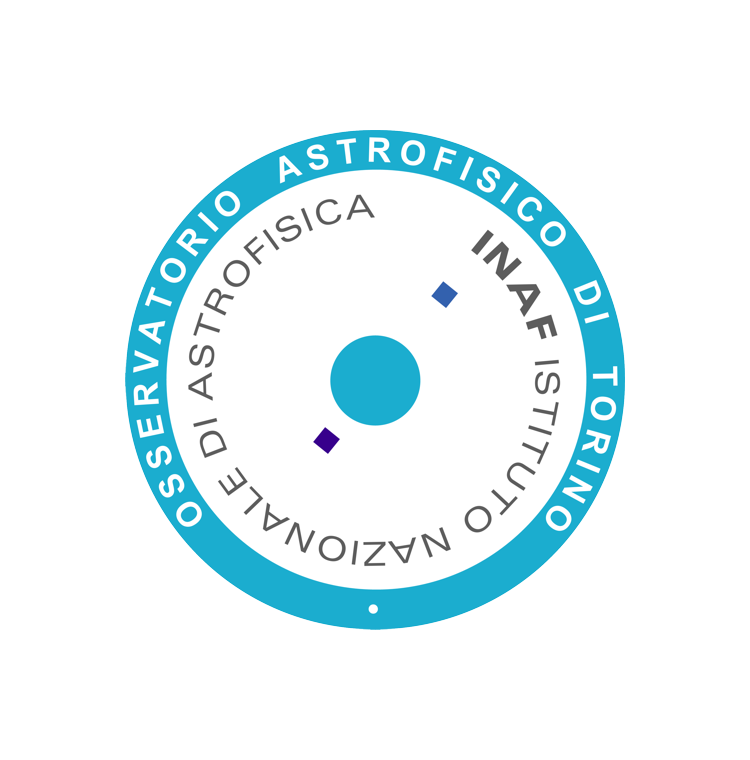CoolStars22
A Cool Stars 22 Splinter
The Solar Neighbourhood
The Importance of Being Complete
14:00 – 17:30 Tuesday 25 June 2024, San Diego
Introduction
The first stellar distances were measured by the parallax method in the mid 1800s. Since then, detecting all objects within a volume-limited sample, has been a prime goal of modern astronomers. The reasons for building catalogues in the Solar Neighbourhood are manifold: a complete census will remove observational biases, the multiplicity description will bring constraints on star formation scenarios, the stellar/sub-stellar/planetary distributions will provide a boundary condition for any local formation and evolutionary theories, etc. The combination of rich all-sky surveys that will come to fruition in the next few years makes a full characterisation of all objects within 10-20 pc and all stars within the 100 pc range a realistic goal for the first time in astronomical history.
Current Status
Counting all of the individual objects in a volume is an extraordinarily difficult task that needs many lines of attack. The successive releases from Gaia are the prime resource for parallaxes today. but many other surveys and projects are providing complementary resources. Large near-infrared parallax programs will complete the picture of nearby very cool objects that are too faint for Gaia. The large sky coverage and depth of the Euclid mission and LSST survey will reveal new brown dwarfs, including from the old populations of the Milky Way. New radial velocity instruments and spectroscopic surveys, such as NIRPS, CRIRES+, SPIRou, SDSS-V, WEAVE, 4MOST, and CARMENES, will complement Gaia astrophysical parameters and radial velocities, allowing for a complete detailed chemical and dynamical description of the Solar Neighbourhood.
Objective
In this splinter session we hope to address unsolved astrophysical questions that require a well-characterized, volume-complete sample, such as the shape of the mass function at low masses, the efficiency of planet formation, the efficiency of star formation to create binary and higher-order systems and the stability of multiple systems across time. Fundamental questions include: Why is completeness is so important? Apart from cataloguing objects, what else is needed? At what point do the errors in our knowledge begin to dominate the Poisson noise of the sample? At what distance are the samples providing sufficient statistics with which to constraint the problem being addressed?
Session Organizers
Céline Reylé, Besançon Observatory
Davy Kirkpatrick, IPAC/Caltech
Daniella Bardalez Gagliuffi, Amherst College
Ricky Smart, INAF-OATo
Questions to celine.reyle@obs-besancon.fr

